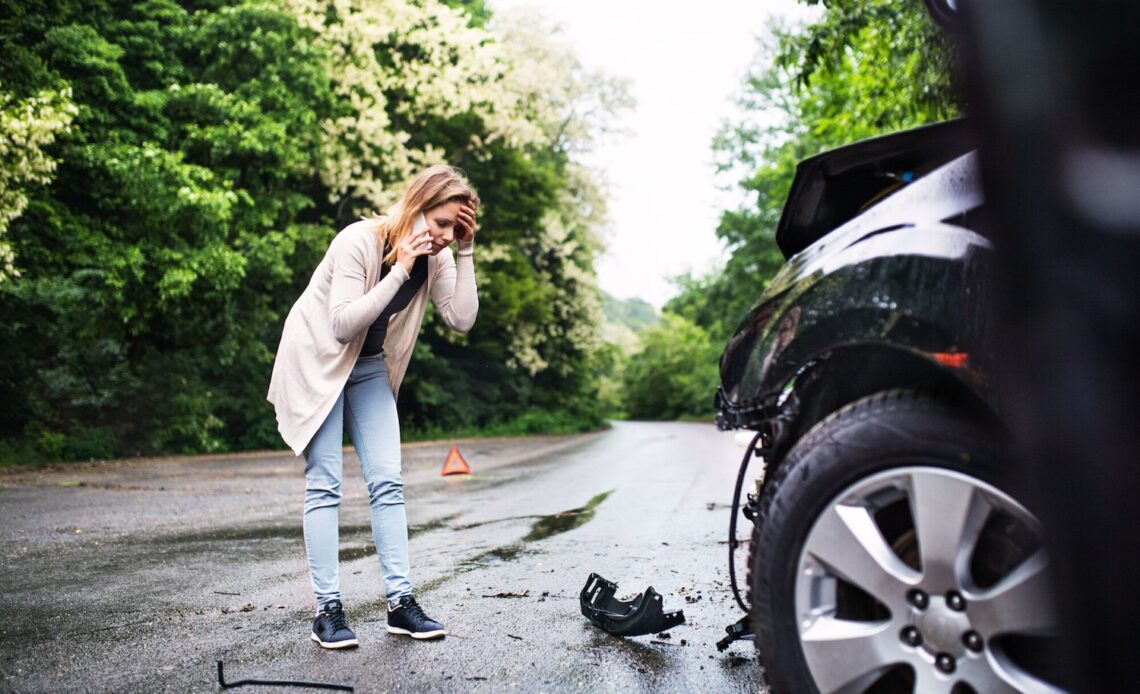Car accidents are unexpected and can be highly stressful events that disrupt the normal flow of life. The chaos of the moment can be overwhelming, making it challenging to think clearly. However, maintaining composure and following a systematic approach is crucial to ensuring your safety, gathering necessary information, and handling the aftermath effectively. This comprehensive guide aims to provide detailed steps to take after a car accident, guiding you through the process and helping you navigate the aftermath with confidence.
Ensure Safety First – Assess the Situation and Call for Help
The initial moments after a car accident are critical, and prioritizing safety is paramount. Once the collision occurs, if the vehicles are drivable, it’s essential to move them to a safe location to prevent further accidents. Activate your hazard lights to alert other drivers to the situation. Assess the scene for any injuries, both within your vehicle and others involved. If there are injuries or significant damage, immediately call emergency services. Promptly reporting the incident to the police is advisable, even in the absence of apparent injuries, as it provides an official record that can prove invaluable later on when dealing with insurance claims and potential legal matters.
Beyond safety, consider the psychological impact of the accident. It’s not uncommon to experience shock or heightened emotions immediately after a crash. Take a moment to breathe and compose yourself before moving forward with the necessary steps.
Exchange Information – Document the Scene Thoroughly
After ensuring everyone’s safety, the next crucial step is exchanging information with the other party involved. This includes obtaining their full name, contact information, insurance details, and license plate number. Additionally, gather information from any eyewitnesses who may have observed the accident. Their statements can be valuable in establishing the sequence of events. Leverage your smartphone to take pictures of the entire scene, capturing the positioning of the vehicles, the extent of damages, and any relevant road signs or signals. These visual records serve as essential evidence during the claims process, offering a clear depiction of the circumstances surrounding the accident.
Consider creating a detailed written account of the events while they are fresh in your memory. Include specifics like the time of day,…
Click Here to Read the Full Original Article at Paddock Magazine…

